
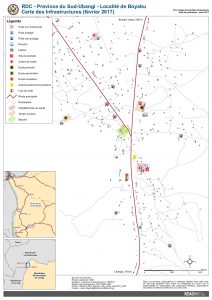
RDC_map_Boyabu_Ville_Infrastructures_mars2017
PDF376.8K
The Democratic Republic of Congo has been plagued by a complex humanitarian crisis marked by localized violence and ethnic conflict for decades. These dynamics have been amplified by widespread health issues, such as recent Ebola outbreaks. In 2019, the Humanitarian Response Plan for the Democratic Republic of the Congo stated that an estimate of 12.8 million people were in need of humanitarian assistance − approximately 13% of the country’s population.
Due to this volatile situation and the need to launch adapted responses as quickly as possible IMPACT, through its initiative REACH and partner ACTED, is supporting humanitarian actors in strengthen assessment activities and implementation. IMPACT has also provided critical humanitarian information to aid actors and response planners since first deployed to the country.
The displacement crisis in North Kivu, Democratic Republic of Congo (DRC), is rapidly worsening, exacerbating existing vulnerabilities in a region already beset by severe and persistent needs. Our research highlights the urgent need for food assistance, the rising risk of gender-based violence (GBV) among internally displaced persons (IDPs), and the critical need for long-term solutions to support livelihoods and resilience.
Community voices from DRC
Community members in North Kivu are expressing a desperate need for food and stable employment. ‘We need food now, but we also need jobs to sustain our families in the long term,’ says a local resident from Goma.
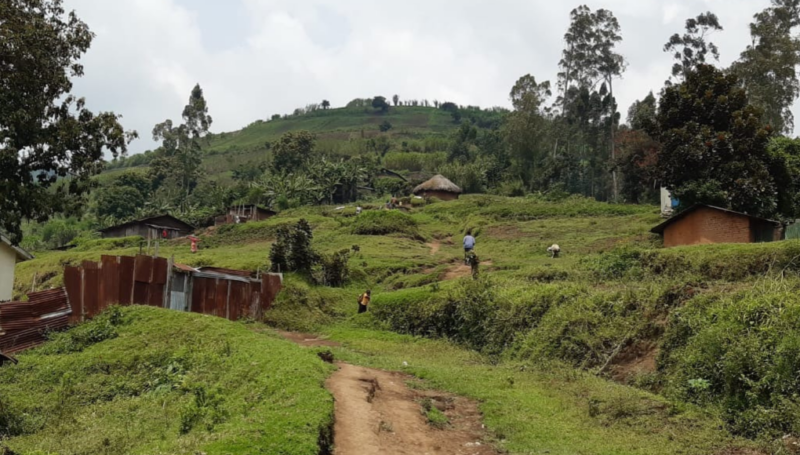
Eastern DRC is a vast region, home to over 100 million people. As of November 2024, nearly 6.9 million people have been displaced, making it one of the largest displacement...
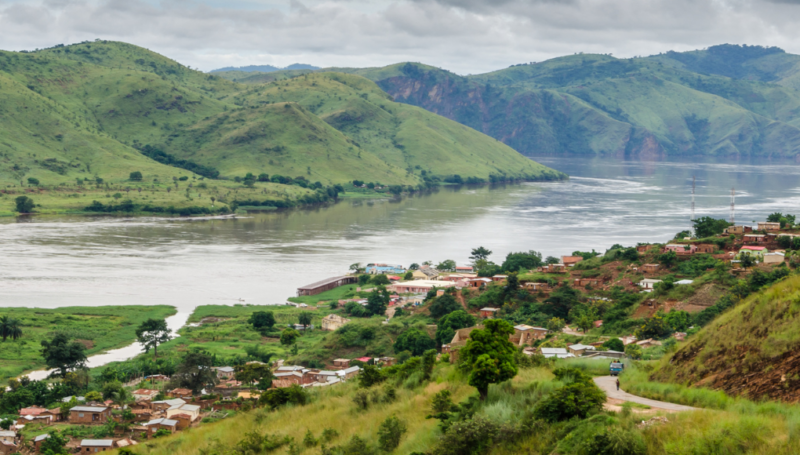
L’instabilité et les conflits à l’Est de la République Démocratique du Congo (RDC) ont entraîné un déplacement massif de la population, notamment dans la région de Goma, capitale du Nord-Kivu....
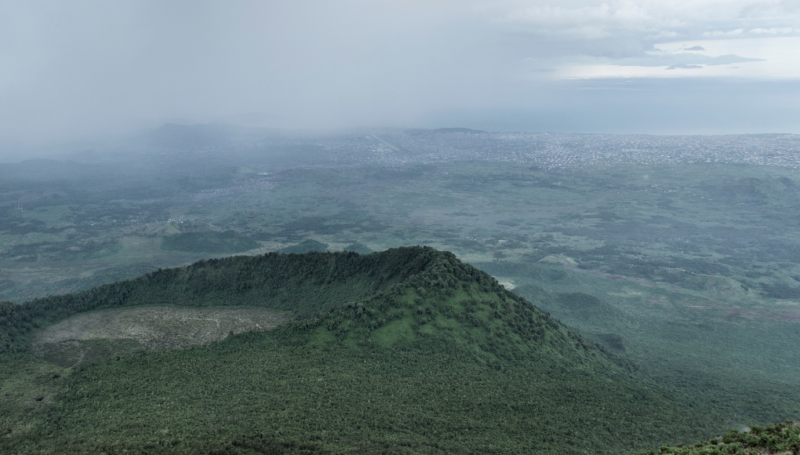
The displacement crisis in North Kivu, Democratic Republic of Congo (DRC), is rapidly worsening, exacerbating existing vulnerabilities in a region already beset by severe and persistent needs. Our research highlights...


RDC_map_Boyabu_Ville_Infrastructures_mars2017
PDF376.8K

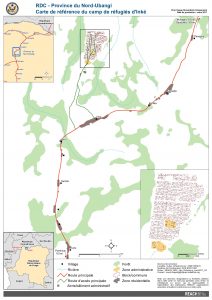
RDC_map_Inke_Reference_mars2017_A3
PDF532.5K

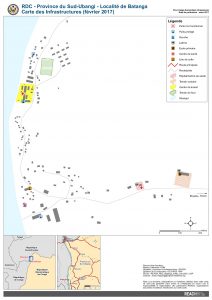
RDC_map_Batanga_Infrastructures_mars2017
PDF353.1K

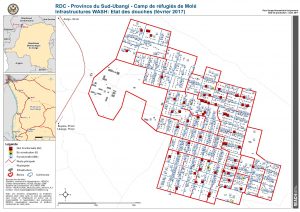
RDC_map_Mole_Douches_fev2017_A3
PDF638.3K

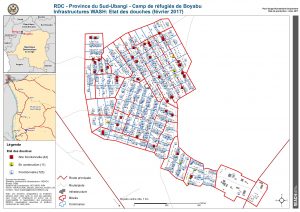
RDC_map_Boyabu_Douches_fev2017_A3
PDF472.7K

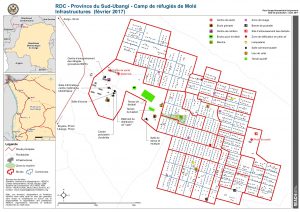
RDC_map_Mole_Infrastructures_fev2017_A3
PDF668.7K

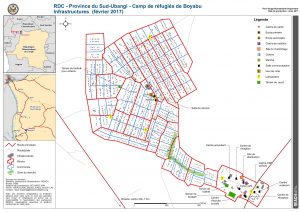
RDC_map_Boyabu_Infrastructures_fev2017_A3
PDF500.2K

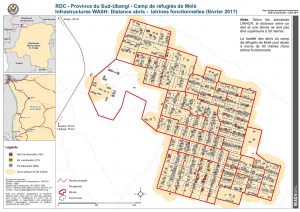
RDC_map_Mole_Latrines_fev2017_A3
PDF681.3K

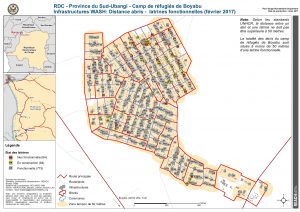
RDC_map_Boyabu_Latrines_fev2017_A3
PDF564.2K

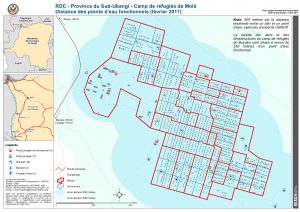
RDC_map_Mole_Puits_fev2017_A3
PDF688.7K

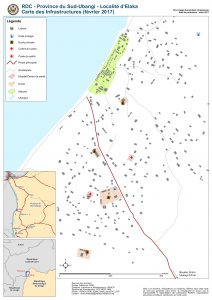
RDC_map_Elaka_Infrastructures_mars2017
PDF376.5K

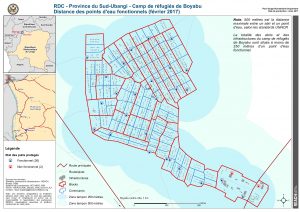
RDC_map_Boyabu_Puits_fev2017_A3
PDF544.7K

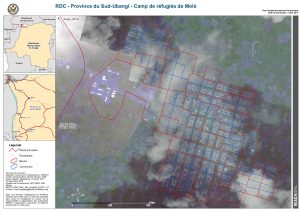
RDC_map_Mole_Site_Image_Satellite_fev2017_A3
PDF2.4M

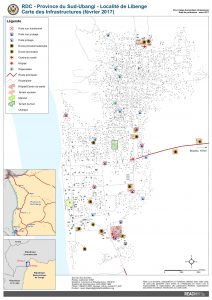
RDC_map_Libenge_Infrastructures_mars2017
PDF462.7K

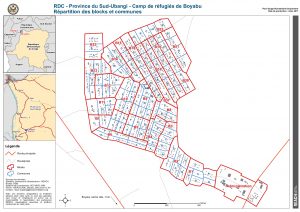
RDC_map_Boyabu_Site_fev2017_A3
PDF481.8K

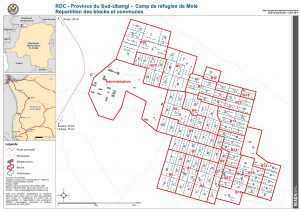
RDC_map_Mole_Site_fev2017_A3
PDF636.8K